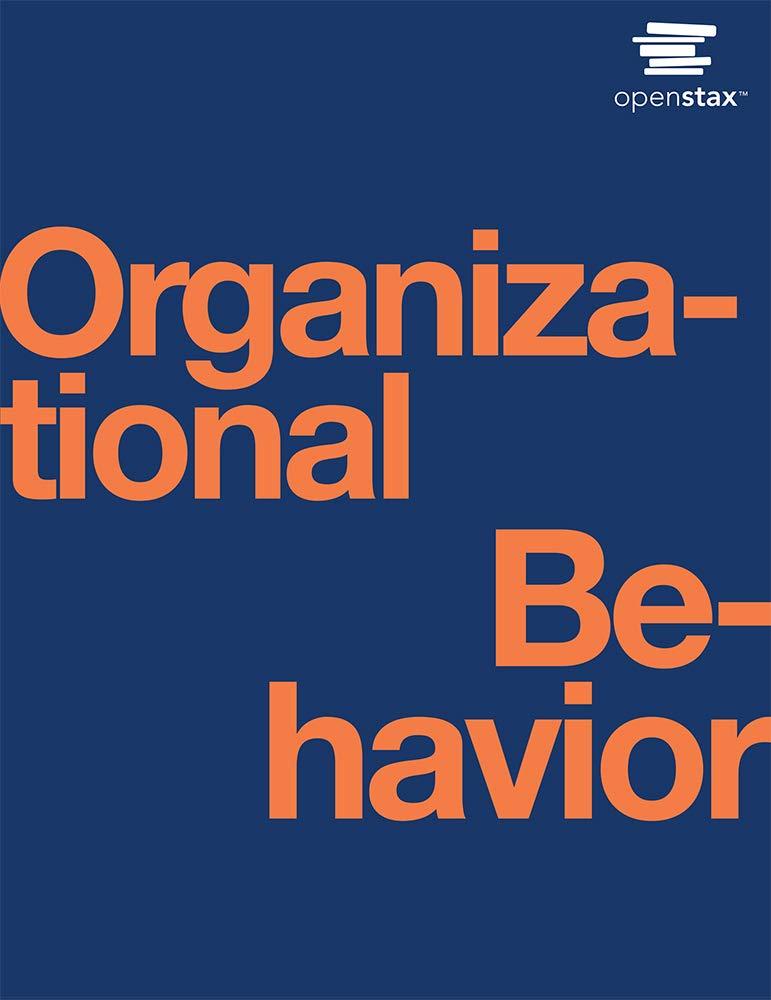A good way to see how conflict can be functional or dysfunctional is to observe the behaviors
Question:
A good way to see how conflict can be functional or dysfunctional is to observe the behaviors of many of America’s CEOs. Classic examples include the cases of Jack Welch, former chairman of General Electric, and Fred Ackman, former chairman of Superior Oil. Welch enjoyed a good fight and took pleasure in the give-and-take of discussions and negotiations. On one occasion, he engaged a senior vice president in a prolonged and emotional shouting match over the merits of a certain proposal. Several managers who were present were embarrassed by the confrontation. Yet after the argument, Welch thanked the vice president for standing up to him and defending his views. This is what Welch calls “constructive conflict,” also termed constructive confrontation.
On the other hand, according to one account, Fred Ackman approached conflict quite differently. Ackman has been accused of being autocratic—he often refused even to discuss suggestions or modifications to proposals he presented. Disagreement was seen as disloyalty and was often met with an abusive temper. As one former subordinate said, “He couldn’t stand it when someone disagreed with him, even in private. He’d eat you up alive, calling you a dumb S.O.B. . . . It happened all the time.”
Many today will suggest that Jack Welch’s management approach and the conglomerate approach of GE has led to the company’s fiscal problems, while others fault the direction that Jack Welch’s successor Jeff Immelt. Others say that leaders at other companies, such as Apple’s Tim Cook, are making the same leadership errors as Jack Welch.
Questions:
1. Which of these reactions to conflict do you feel would lead to more productive results?
2. How do you feel you respond to such conflict?
3. Would your friends agree with your assessment?
Step by Step Answer:






